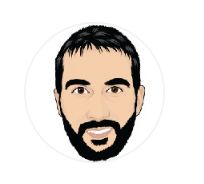114,173 reads
Everything I Knew About Reading Was Wrong
by
September 23rd, 2018
Audio Presented by

Writer, Programmer, Poker Player. I write on Books, Strategy, Decision Making, Psychology, Learning & Self Development.
About Author
Writer, Programmer, Poker Player. I write on Books, Strategy, Decision Making, Psychology, Learning & Self Development.